How a Southport historic district could change city development
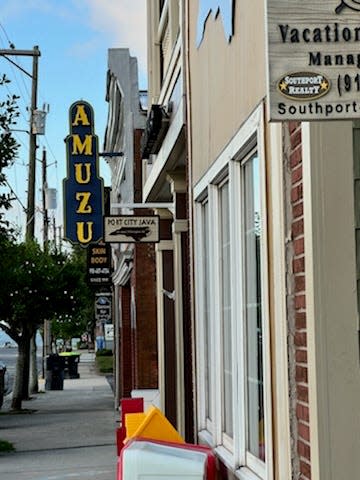
Those wishing to develop property in Southport may soon have to adhere to stricter regulations and standards.
The Southport Board of Aldermen wants to establish a historic overlay district to preserve the city’s history and heritage. Mayor Joe Pat Hatem has appointed an ad hoc committee to investigate the process.
For Hatem, this initiative ranks alongside promoting public health and maintaining the quality of life for the citizens.
He explained the purpose of the historic district would be to identify and preserve buildings, structures, landmarks, sites and neighborhoods of historic and cultural value, and through the historic commission, to have the ability “to regulate changes in architecture, new construction and development projects, and demolition, and to negotiate with owners and developers on preservation of properties deemed historic.”
While this isn't the first time Southport has considered a new zoning district, proposed development has board members thinking about the impacts to the city's landscape. But creating the new district will be an involved process, and its effects could leave a lasting impact on the citizens who call Southport home.
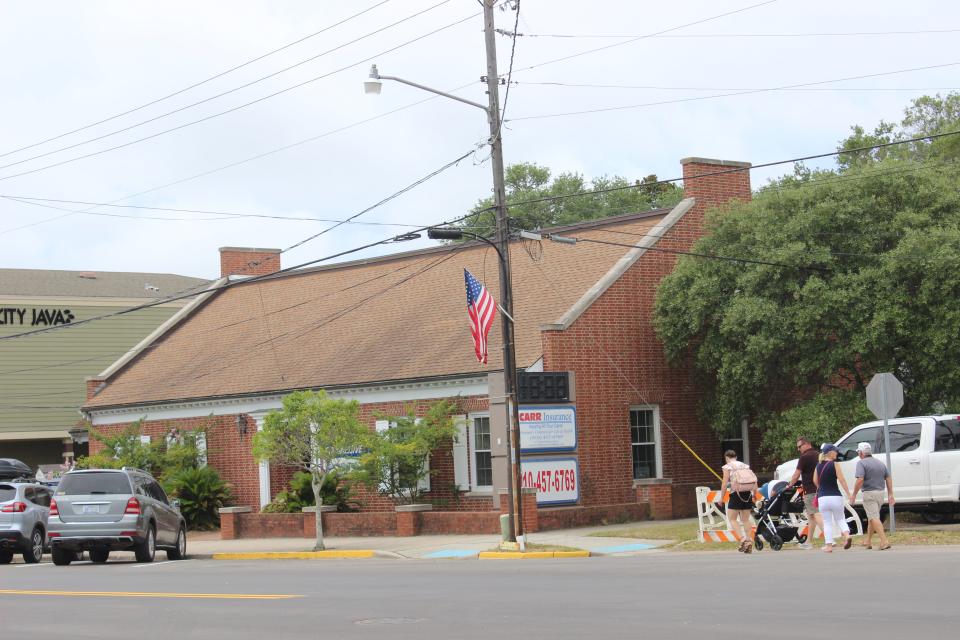
A stop-gap measure?
Prior to appointing the ad hoc committee at the board of aldermen’s regular meeting on July 14, Hatem referenced a major site plan that was submitted to the planning board in June. The plan, submitted by Barbee Enterprises of Southport, proposes to demolish the existing building at 115 North Howe St. and replace it with a three-story mixed-use facility that would house retail space, four nightly rental units, and a restaurant with a rooftop bar.
More: Apartments, retail and restaurant proposed for downtown Southport
Hatem addressed the issue before tackling items on the board’s agenda.
“Although not on the agenda, I want the citizens of Southport to know that I am aware, and I am involved in the request of the planning board for a mixed-use building on the corner of West Nash and North Howe Street, as is the entire board of aldermen,” Hatem said.
He added several issues about the proposed building would be considered: its design, proximity to a residential neighborhood, impact to citizens’ public health, safety and quality of life and whether it meets the principles of historic preservation.
Hatem suggested the city needed to look at its unified development ordinance, which was adopted in September 2020 and revised in July 2021, to determine what additional revisions may needed “to help preserve our culture, character, and historic heritage.”
Following his remarks, Alderman Lowe Davis requested Hatem appoint an ad hoc committee to “study and propose” to the board the process for “creating a historic district preservation committee.” Davis acknowledged there were three aldermen willing to serve on the committee. Hatem responded by appointing Aldermen Karen Mosteller, Robert Carroll and Davis to the committee and said he looked forward to hearing their reports.
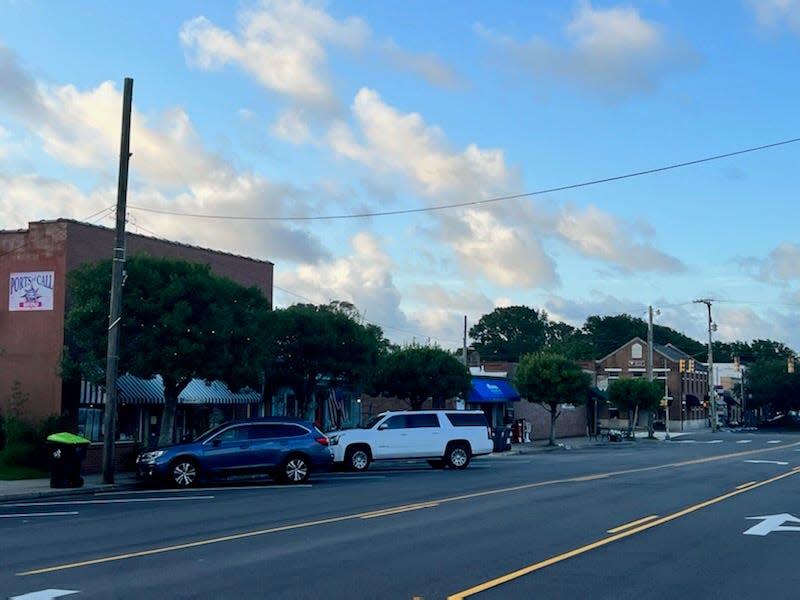
The process
Hatem acknowledged that establishing the ad-hoc committee was simply a “first step forward.” According to North Carolina General Statute 160D-944, any local government may “designate and from time to time amend one or more historic districts within the area subject to the regulation.” The statute also stipulates that “development regulation may treat historic districts either as a separate use district classification or as districts that overlay other zoning districts.”
Prior to establishing the historic district, the local government must conduct an investigation and create a report detailing the “significance of the buildings, structures, features, sites, or surroundings included in the proposed district and a description of the boundaries of the district have been prepared.” The local government entity must submit the report to the N.C. Department of Cultural and Natural Resources for analysis and feedback provided by the State Historic Preservation Office.
In an email, Schorr Johnson, spokesman for the North Carolina Department of Cultural and Natural Resources, said the State Historic Preservation Office would offer “nonbinding suggestions to help the local commission and staff make sure the local governing body has the best information upon which to base a decision about designation,” but it did not have the authority to deny the establishment of a local historic district.
When it comes to the ages of the buildings within the proposed district, Johnson said state statutes for local preservation commission are “silent on age, but the National Register of Historic Places typically looks at buildings and sites 50 years old or older.”
“Local commissions tend to follow that ‘rule of thumb’ in practice,” he added.
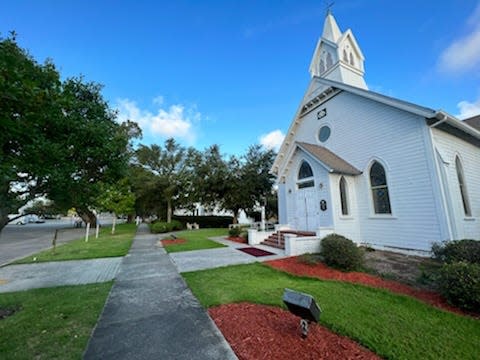
What could it look like?
When it comes to what a historic district could look like in Southport, Hatem notes it would ultimately be examined by the committee, but he does have some ideas for a starting point.
“When Smithville was first established, the western boundary was ‘Boundary Street,’ now Caswell Avenue, and the northern boundary was Brown Street,” Hatem said in an email. “For Southport’s Historic District, we should begin with the historic district map from the National Register of Historic Places when Southport was placed on this list in 1971 and expand from there. It included Brown Street to the Cape Fear River and Rhett Street on the east and Short Street on the west.”
More: As nature overtakes historic Southport cemeteries, residents stress more funding, care
This would encompass the city’s central business district, which is along the Howe Street corridor and continues east and west along Moore Street. Johnson noted that there are 129 local historic districts across the state, and many of them include commercial areas.
Hatem said he would also like to see other areas considered, including the city’s Yacht Basin, cemeteries and some neighborhoods.
“Southport is historic, and we want to include all that is appropriate in the historic district,” he said.
The committee would also need to determine whether it wants a historic district or a historic overlay district. Johnson explained these differ based on the community, but the State Historic Preservation Office has observed that a local historic overlay district is typically specified within a Uniform Development Ordinance rather than a standalone historic preservation commission ordinance or designation ordinance.
“That information is very community specific, but overall, it should comply with the statewide enabling legislation in NC GS 160D,” he added.
When it comes to establishing historic areas, Johnson said the state receives far fewer proposals for districts than it does for landmarks. Some municipalities who have recently submitted proposals for historic districts include the Town of Boone, which approved its historic district in October of 2021, and the Town of Kure Beach, which was established in February 2020.
According to Johnson, there are no other local historic districts within Brunswick County. In addition to Kure Beach, the nearest ones are in Tabor City and Wilmington, which has both local and National Register historic districts.
Hatem said looking at other municipalities and their historic districts will be part of the ad hoc committee’s job.
“An important aspect of this committee is to look at other municipalities and their historic districts and their ordinances, including Wilmington, but also including other coastal cities and other small towns that have historic significance such as the town of Halifax which is known for Halifax Resolves, April 12, 1776,” Hatem said. “This committee will look at a number of municipalities to help guide the city.”
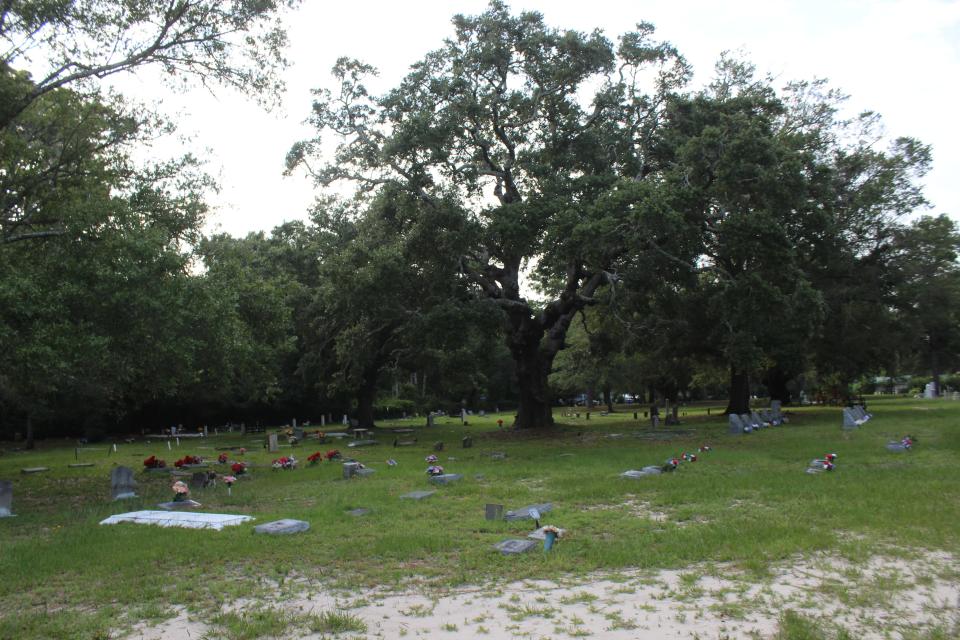
Impact to development
When it comes to development, historic districts often have more stringent standards for developers. There are architectural requirements, and demolition and construction require clearance from the local historic preservation commission.
When it comes to growth and development in Southport, Hatem said that it “must be guided in the best direction possible.”
More: Southport's Indigo Plantation, set to double city's size, could have outsized impacts
“The establishment of a historic district will provide criteria that will accomplish this goal of not allowing inappropriate developments and projects that would distort the heritage and historic character of our city’s neighborhoods and business community and preserve the unique character and history of Southport,” Hatem said. “This would not deter developers from pursuing projects in Southport but would enhance the likelihood of the best project for our city and eliminate others and would make the pace of development more manageable.”
Donovan Rypkema is the principal of PlaceEconomics, a firm that studies the economic impacts of historic preservation. While the firm is based in Washington, D.C., it contracts with government agencies across the country and has completed analyses for Raleigh, Savannah, and Miami-Dade County. The firm typically uses 12-15 different metrics to examine the impacts of historic districts on development.
More: 'Long-term approach': Southport retailer acquires former Thai Peppers building
“On the commercial side, there will be an increase in the area from an investment standpoint,” Rypkema said.
He noted areas also will often see an increased interest from creative and knowledge-based businesses.
“Employees in those types of businesses prefer places with character, and those areas within historic districts typically have that character,” Rypkema said.
When historic districts are located in residential areas, many people worry that the increased regulations will have a negative impact on property values, but Rypkema said that’s not the case.
“In fact, the opposite is true,” he said. “Maintaining the context of the neighborhood is a value-enhancer.”
Rypkema said while PlaceEconomics usually contracts with larger cities, such as New York, Phoenix and Los Angeles, they have seen “great success stories of preservation-based economic development strategies” in cities of all population sizes.
Facing obstacles
This will not be the first time Southport city officials have tried to create a new zoning district to protect the city’s heritage.
Back in 2019, the city was working to establish a gateway corridor overlay district. Hatem said he was not mayor during that time and could not comment on what happened to those efforts. According to city planner Thomas Lloyd, the process began but never got off the ground.
When it comes to establishing the district, Hatem notes that citizen-involvement is critical to its success.
“The biggest hurdle is making sure our citizens are fully informed and that they are a part of this process,” he said. “The next hurdle is to provide the information necessary for the homeowners in the historic district that historic preservation and the subsequent ordinance is not detrimental but beneficial to them as property owners but will also have a positive effect for everyone in our city.”
This article originally appeared on Wilmington StarNews: Southport seeks to establish historic district to regulate development

